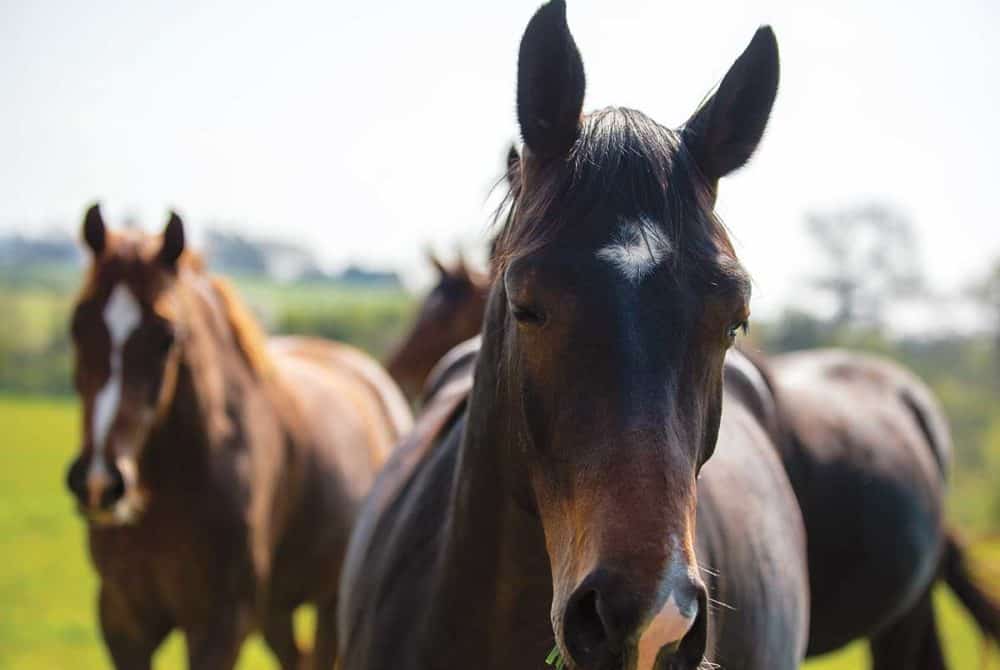The psychology of a horse herd
Posted 16th May 2022
Watch your horse with his fieldmates – do you understand the subtle social interactions taking place? Kayna Prescott sheds some light

Horses are social animals and we now understand it’s not so simple to say that there are dominant and subordinate horses – in fact there’s no strict pecking order that puts every herd member in their place. This makes understanding herd dynamics complex – but also makes paying attention to them as part of your daily routine even more important. Let’s take a closer look.
We are family
When given the opportunity to live naturally, horses form family groups. Within these groups, there’s a social relationship that depends on each horse’s history in the herd, age and maternal or paternal status. The members of the herd use subtle behaviours to communicate with each other through their interactions, reducing the need to compete or show aggressive behaviour.
A wild-living horse herd is on the whole a quiet place, reliant on friendships – bonds that have been built over time through grooming and sharing space. If a threat is perceived by one, all are alerted and react together, often in synchrony, to remain safe. It makes no sense for a wild horse to put himself at risk by showing aggressive behaviour to another unless it’s absolutely necessary.
Domestic matters
Just like their wild counterparts, our domestic horses build relationships with us, communicating and signalling to us to try and make us understand what they’d like us to do. They can also remember and understand our facial expressions. How we work with and train them affects what they think about all people, but we aren’t a part of their social order. Horses are horses and we aren’t – but we can, and do, build precious relationships with our horses that they’ll remember.
Read more about herd dynamics in June Horse&Rider magazine, on sale 19 May 2022.











